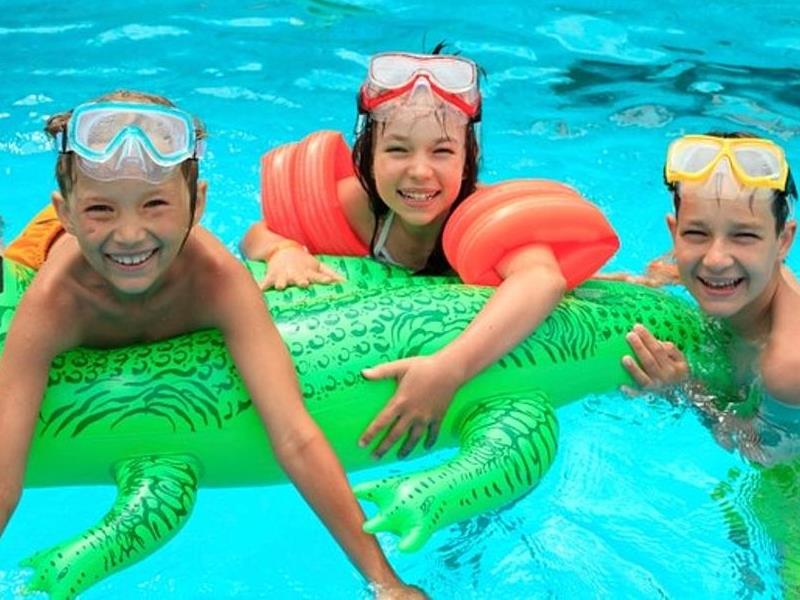A fun and great way to stay fit is to swim on a regular basis. It is not only a great sport but helps our vascular system to function properly. Apart from being a good exercise, swimming is also considered as a great sport. Toddlers taught swimming at a very early age often end up choosing this great sport as their future engagement. A huge percentage of drowning is reduced with regular practicing of this sport. Keeping the various uses of this wonderful sport, almost all educational institutions have listed swimming as one of the primary curricular activities among various. The Group & Private Swimming Lessons has varying stages of learning.
Here are the stages your swimming school should take care of
Introduction to Water Skills-
As the name suggests, this provides a basic engagement of your body with the water body. To be able to learn basic water skills, one must have attained a minimum age of 3. Children below the age of three are considered unsuitable to be introduced with the primary water skills. Entering and make a way out of the pool, use of a life jacket, blowing bubble, bobbing, front and back glides, and various water safety skills are made to learn in this phase.
Fundamental Aquatic Skills-
Fundamental aquatic skills are a continuation of the first phase and include recovering from a back glide stroke. Freestyle or front crawl, jellyfish float, tuck float, elementary back float, breaststroke, butterfly stroke, combat side strokes, trudgen, are the few skills taught in this second phase of learning. However, in order to be able to be considered for this second phase of learning, children must have attained the age of 4 years. Children below the age of 4 are not allowed to learn fundamental aquatic skills.
Stroke Development to Refinement-
Ages five and above and children who can swim for 45 minutes at a stretch are considered suitable to participate in the stroke development and refinement procedure. With a continued emphasis on water safety and fundamental aquatic skills, children learn skills including the front and backflip turns, shallow angle dives, tuck and pike angle dives, underwater dolphin kicks for 8 meter.
[tmh_article_ads]
Swimming and Skill Proficiency-
As the meaning of the word proficient suggests, here swimmers are trained to attain proficiency. The basic marine skills are practiced along with which the strokes such as shallow angle dive, tuck and pike angle dives, and dolphin are taken care of so that the swimmer can perform the strokes with every possible ease in their position under the water. Swimmers, in order to be able to attain the stage of refinement in swimming, must be able to swim for 1 and a half hour at a length. Diving into the water keeping the legs straight is also one of the basic requirements to be considered a proficient swimmer. Swimmers reaching the age of 11 and above are permitted in this process of enriching their skills in swimming.
Mentioned above are the stages of learning swimming. Follow the stages and be a good swimmer that you are aspiring to be.



Share your thoughts